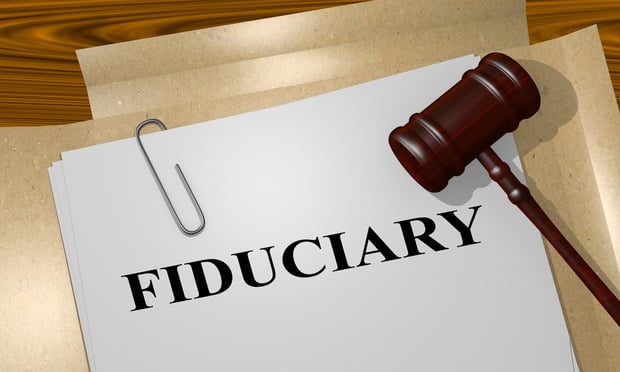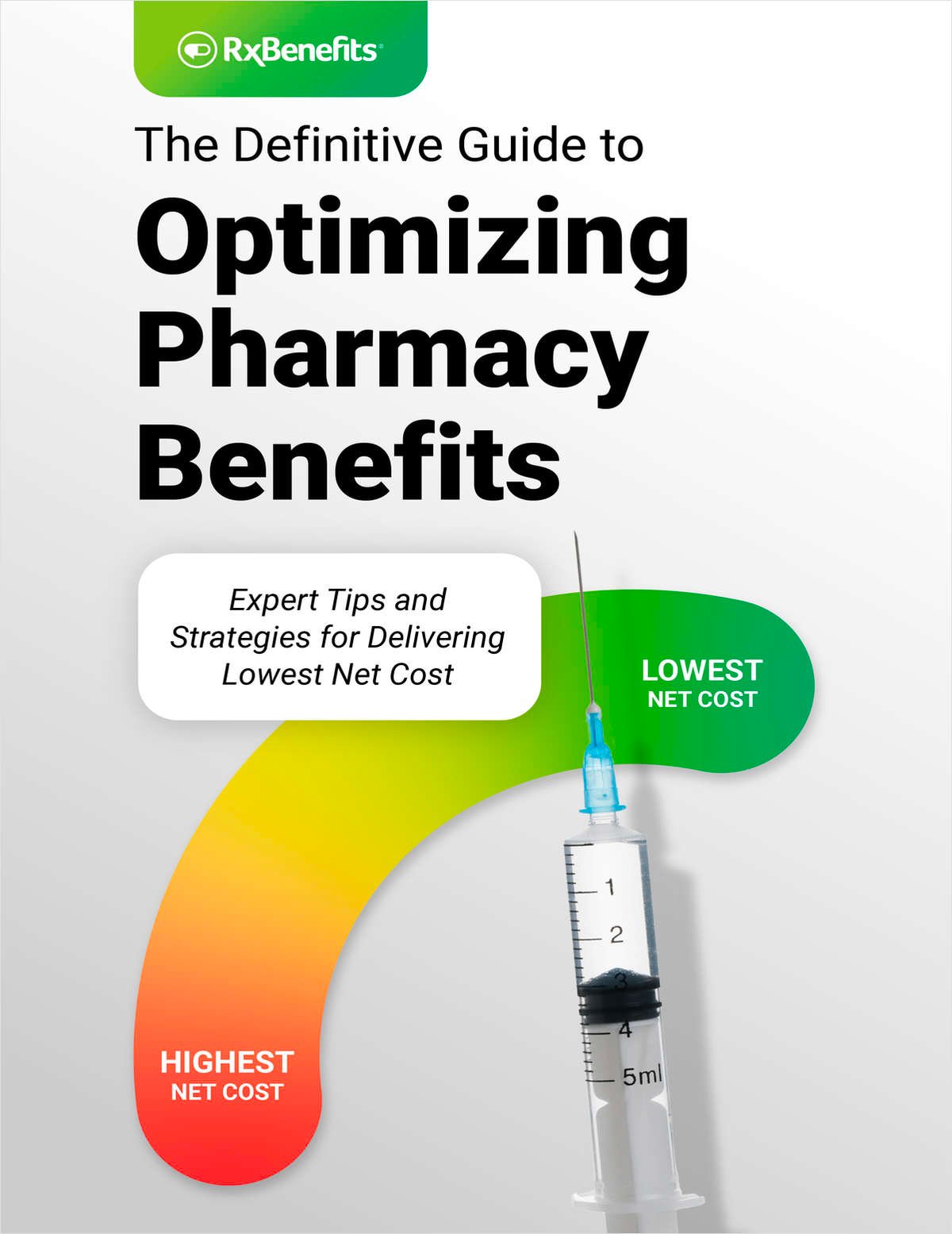 You could liken the explosive target-date fund movement to that of Star Trek's tribbles. Not only does everyone seem to adore TDFs, but they may very well consume the 401(k) plan industry. But are TDFs really the “right” thing to do? (Photo: Shutterstock)
You could liken the explosive target-date fund movement to that of Star Trek's tribbles. Not only does everyone seem to adore TDFs, but they may very well consume the 401(k) plan industry. But are TDFs really the “right” thing to do? (Photo: Shutterstock)
In “The Trouble with Tribbles,” one of the most popular Star Trek episodes, Captain Kirk had a perplexing challenge: He needed to solve the problem of the tribble. Tribbles were a guinea pig-like ball of fur that everyone loved, and that seemed to multiply exponentially – to the point where they nearly overwhelmed the ship.
It's not hard to imagine likening the explosive target-date fund movement to that of Star Trek's tribbles. Not only does everyone seem to adore TDFs, but they may very well consume the 401(k) plan industry. But are TDFs really the “right” thing to do?
Behavioral psychologist Robert Cialdini, in his book Influence: Science and Practice, states “one means we use to determine what is correct is to find out what other people think is correct.” He warns, however, that his decision-making shortcut carries with it the stern warning every parent has issued to every child: “If all your friends jumped in the lake….” Indeed, with TDFs, it's a false comfort to believe there is safety in numbers (see “5 Areas Where Target Date Funds Increase 401k Plan Sponsors' Fiduciary Liability,” FiduciaryNews.com, March 26, 2019).
In a sense, the mechanism driving TDF growth is no different than any other investment mania. The good news, though, is that, unlike tulips, beanie babies, and cryptocurrency, TDFs actually offer some measurable good.
For one thing, their seeming simplicity, though a canard, encourages people to behave in a manner that captures their best interest. It's not the nature of the investment but the nature of the role that investment plays in boosting retirement savings.
TDFs accomplish this in two ways. First, as one of the three “safe harbor” QDIAs, TDFs present plan sponsors with the opportunity to adopt open enrollment policies within their plans. As more plans have adopted these opt-out provisions, we've seen greater 401(k) plan participation.
Second, beyond automatic enrollment, TDFs have made it easier for employees to understand their retirement investments. For decades, understanding their investments represented a constant struggle for the 401(k) participant. Reams of materials attempting to explain Modern Portfolio Theory to the masses only further exasperated employees.
Over the past fifteen years or so, we've witnessed a dramatic shift in the objective of employee education. No more do we see an emphasis on pie charts and asset allocation models. Now we are seeing increased attention paid to savings strategies and this concept called “retirement readiness.”
As Cialdini alludes to, as more of their peers take advantage of their company's 401(k), there's less resistance in contributing to their retirement plan. We can thank the omnipresent TDF for this trend. It's been a movement that has greatly increased retirement saving.
Of course, that's not to say TDFs don't have a down side. The same social phenomenon that has pushed employees towards greater retirement savings has, albeit in a different way, similarly urged plan sponsors down the same path.
This is where things get dicey. It's one thing for employees to follow the crowd and save more. It's quite another for plan sponsors to join the stampede merely because that's what the herd has decided.
In that sense, plan sponsors cannot adopt the mindset of the lemming. Simply selecting a TDF does not absolve the plan sponsor's fiduciary duty.
As with the selection and monitoring of any plan investment option, plan sponsors must adhere to a strict adherence to a diligent process regarding TDFs. They can't merely follow the crowd.
In fact, there may be wisdom if they take, at least as an initial approach, the advice of Yogi Berra: “Nobody goes there anymore. It's too busy.”
READ MORE:
Continue Reading for Free
Register and gain access to:
- Breaking benefits news and analysis, on-site and via our newsletters and custom alerts
- Educational webcasts, white papers, and ebooks from industry thought leaders
- Critical converage of the property casualty insurance and financial advisory markets on our other ALM sites, PropertyCasualty360 and ThinkAdvisor
Already have an account? Sign In Now
© 2024 ALM Global, LLC, All Rights Reserved. Request academic re-use from www.copyright.com. All other uses, submit a request to [email protected]. For more information visit Asset & Logo Licensing.








